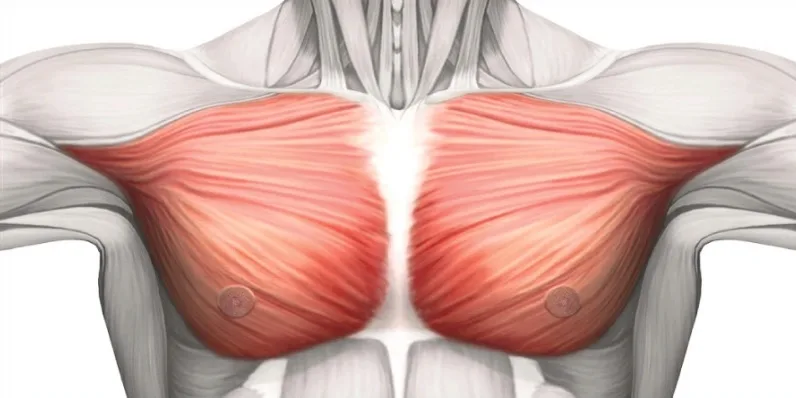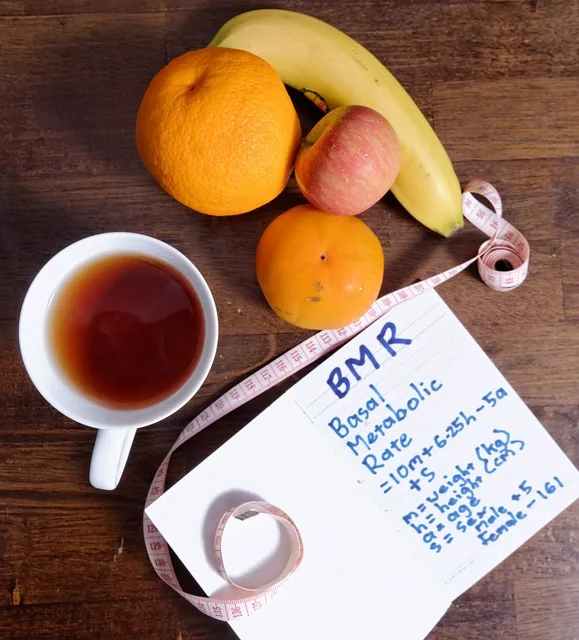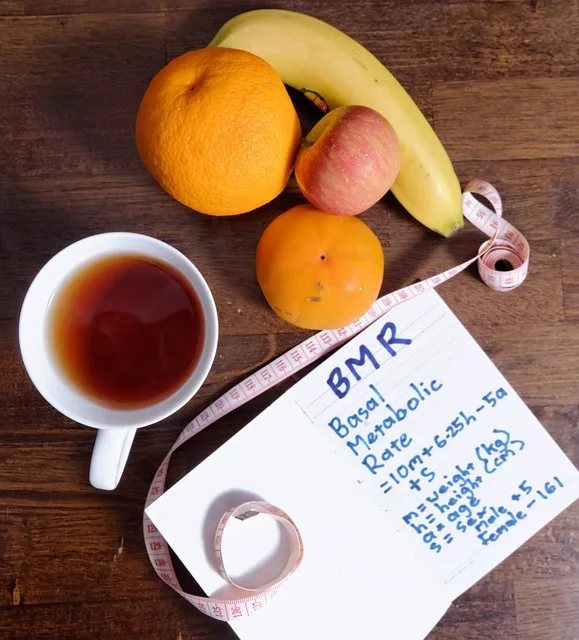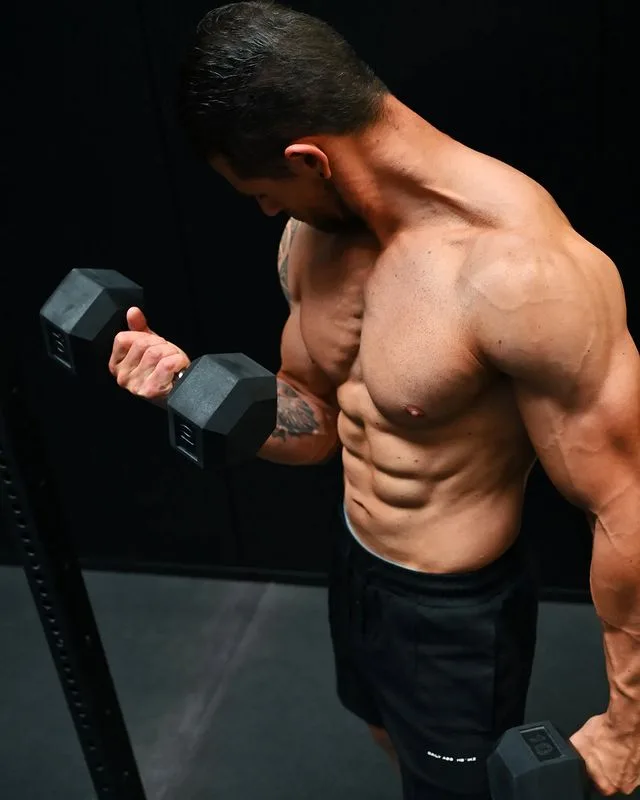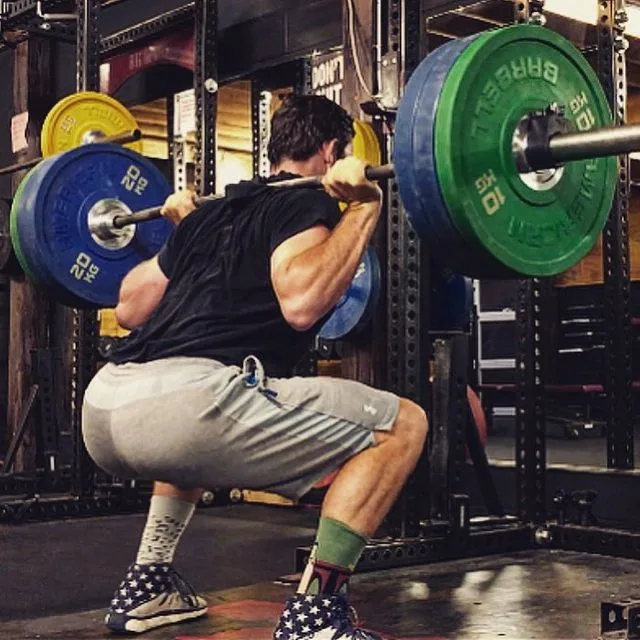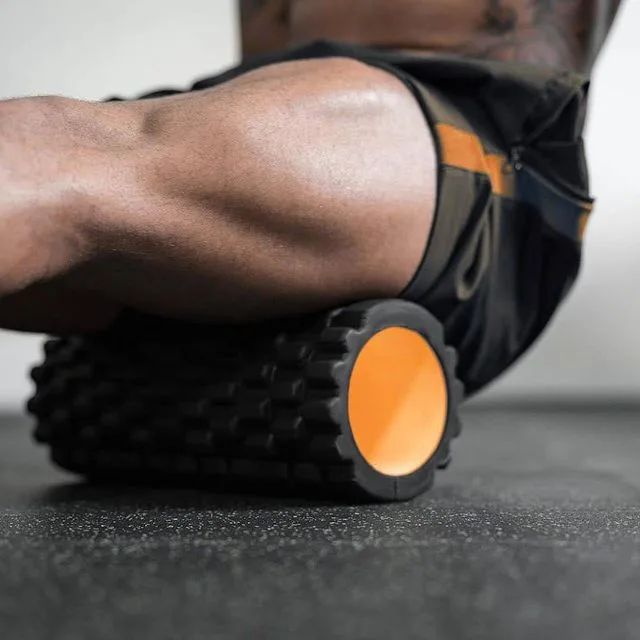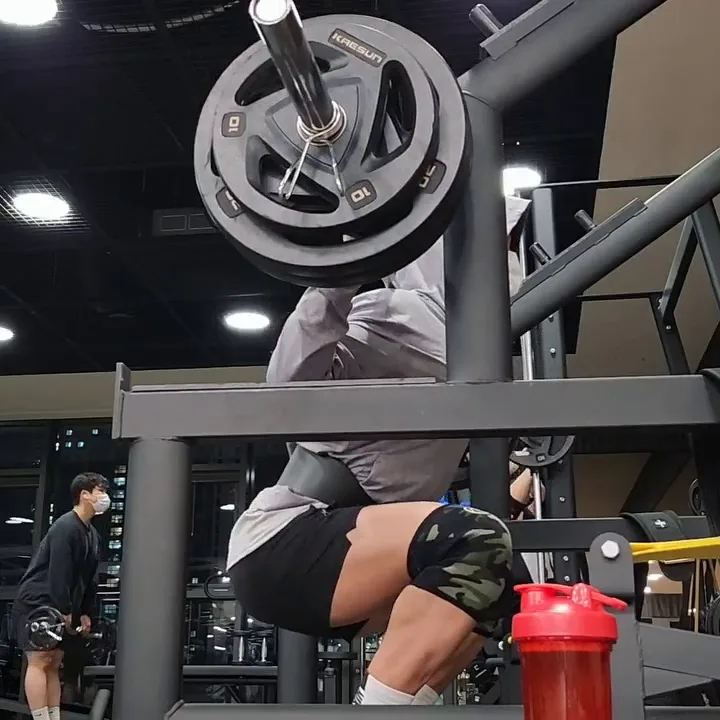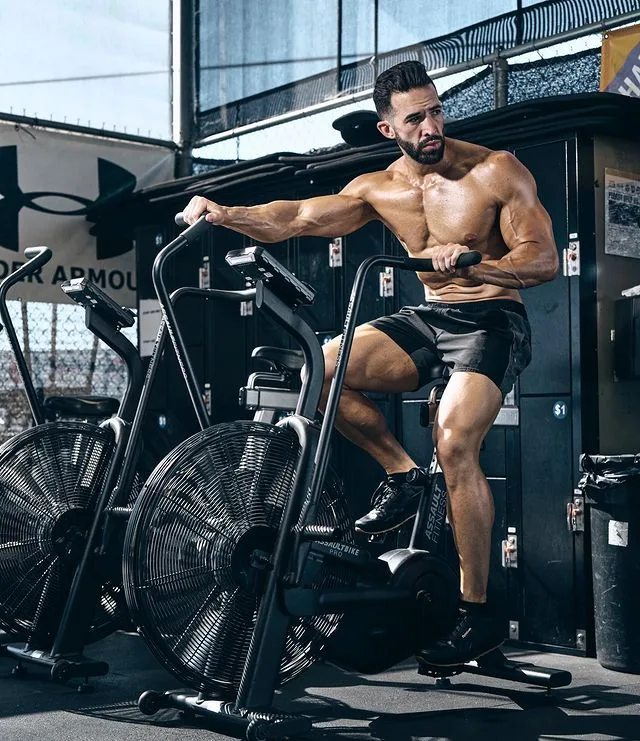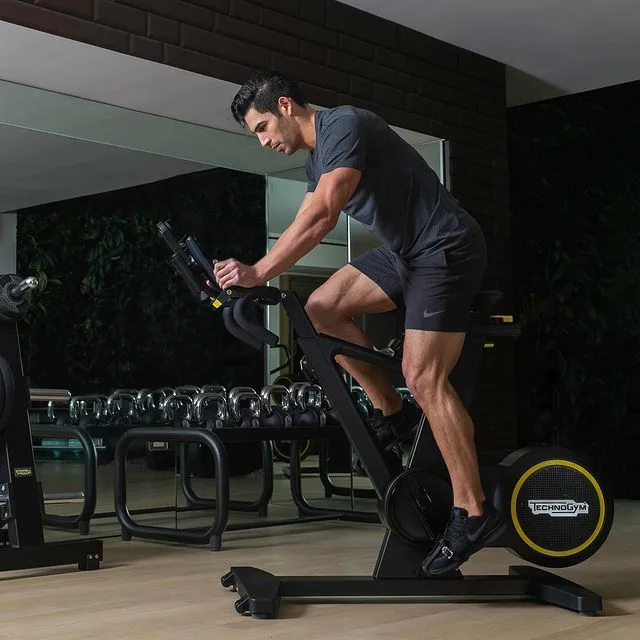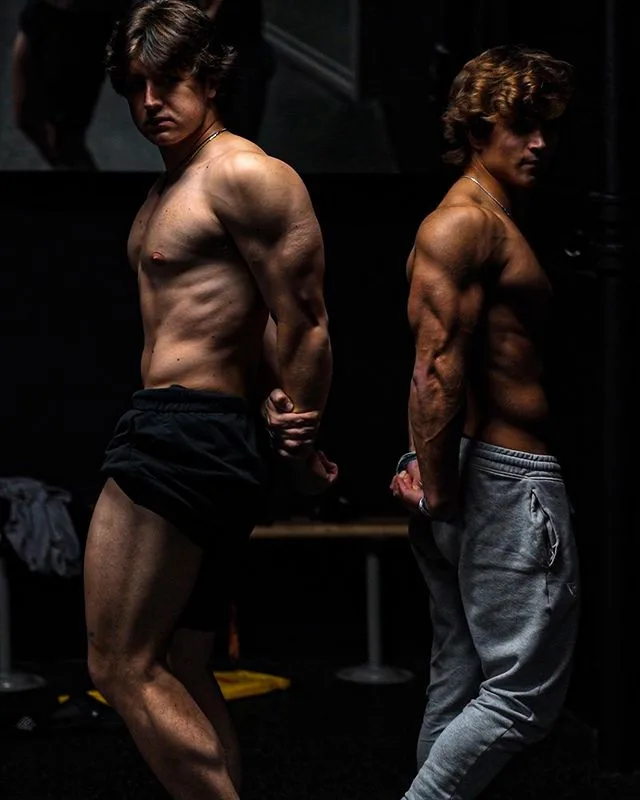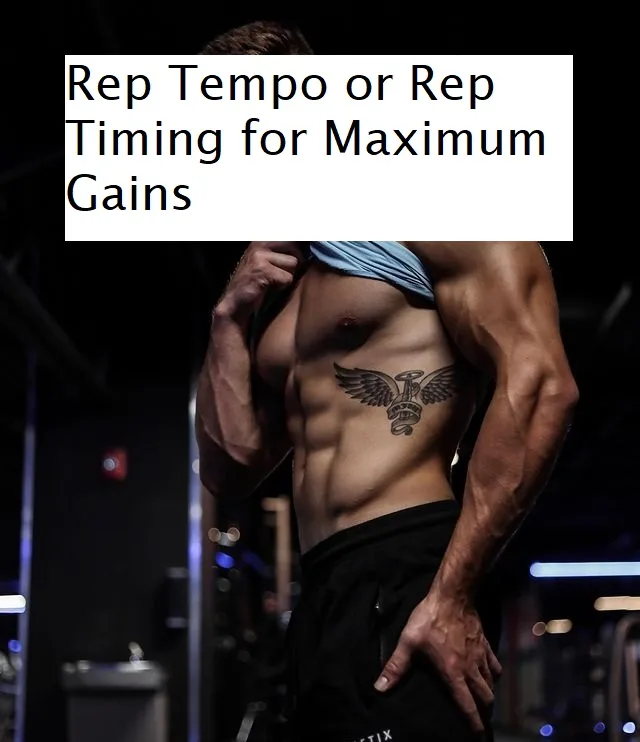The pectorals muscles are located on the chest. The group consists of two muscles, the pectoralis major and the pectoralis minor.
Pectorals muscle and actions
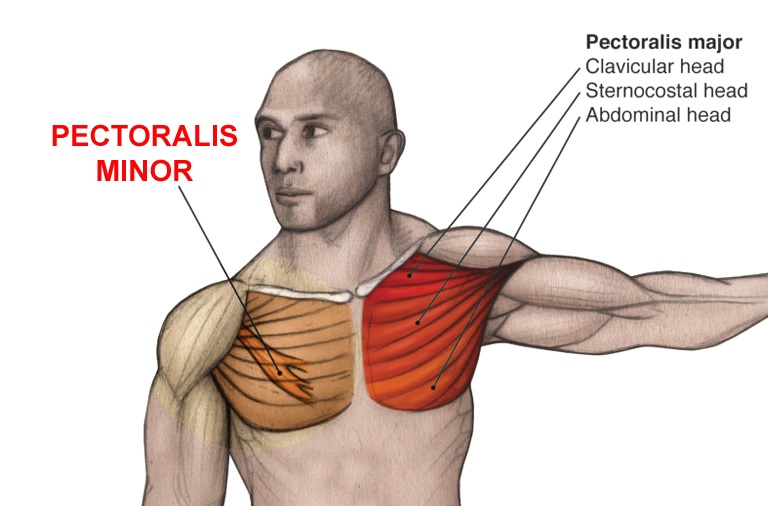
When people talk about their pectoral muscles (also called pecs), which define the shape and appearance of the chest. It controls many of the arm movements, including flexing and rotating the arm and pushing it in towards the midline (adduction) of the body.
The pectoral muscles, also known as the chest muscles, are a group of two large muscles located in the chest area:
- Pectoralis major
- Pectoralis minor
Pectoralis major
The pectoralis major is a thick, fan-shaped muscle that attaches to the upper arm, extends from the chest to the collarbone, and attaches to the sternum, the bone in the middle of the chest. Breast tissue sits on top of it. 1 2
The pectoralis major muscle is the larger of the two and is responsible for several actions, including:
- Adduction of the arm (bringing the arm toward the center of the body)
- Flexion of the arm (lifting the arm forward)
- Internal rotation of the arm (turning the arm inward)
Pectoralis major has two heads:
- Clavicular Head
- Sternocostal Head
Composed of two ends, the pectoralis major abducts horizontally and internally rotates the humerus, which is the largest bone in the arm.
1. Clavicular Head
The clavicular head is located in the upper part of the chest near the shoulders. Originates from the anterior surface of the medial half of the clavicle.
2. Sternocostal Head
The sternocostal head is located in the lower part of the pectoralis major. In addition to the above movements, the clavicular head assists in horizontal abduction when the arm is held at 110 degrees. The sternal head assists with the downward extension of an outstretched arm.
This head is the larger of the two ends and originates from the anterior surface of the manubrium and the body of the sternum, the anterior surface of the superior six costal cartilages. Superior part of the aponeurosis of the external oblique muscle. 3
Pectoralis minor
The pectoralis minor is located under the pectoralis major and draw the scapula down and forward. Pectoralis minor is triangular and both form the anterior wall of the axilla.
Pectoralis minor originates from the margin of the third to fifth ribs adjacent to the costochondral junction. The fibers consequently pass upward and laterally and insert into the medial border and superior surface of the coracoid process of the scapula.
It is important in stabilization of the scapula by pulling it downward and anteriorly against the thoracic wall. 4
The pectoralis minor muscle forms a passage between the ribs for the passage of both the brachial plexus and the subclavian artery and vein. If the muscle is shortened/tightened, this abnormal tension: negatively affects the scapulohumeral rhythm; Can also cause thoracic outlet syndrome. 45
The primary actions of this muscle include stabilization, depression, abduction, or dilation of the scapula, internal rotation and downward rotation.
When the ribs are fixed, this muscle brings the scapula forward, Both pectoralis muscles work with the serratus anterior muscles to create full range of motion for the scapula.
Pectoralis Minor Role
- The pectoral waistband elevates the ribs for deep inspiration when stationary or elevated.
- In a state of good alignment, with the scapula immobilized, the pectoralis minor acts as an auxiliary muscle of the spur.
Training Tips
It is important to maintain shoulder stability when performing chest exercises, as rotator cuff injuries can occur with improper form.
Exercises performed on an incline are effective in developing the upper, clavicular part of the pectoralis.
While pressing exercises such as the bench press and dumbbell press should be staples in any strength training routine, they rely heavily on the triceps and shoulders as auxiliary movers. Exercises that focus exclusively on horizontal abduction, such as the dumbbell fly, can be effective because they isolate the muscles and rely least on assisted movers.
Here are some tips for training your pectoral muscles:
- Variety: Include a mix of exercises that target different areas of the chest, such as the upper, middle, and lower chest, to ensure full muscle development.
- Progressive Overload: Increase the weight you are lifting over time to continuously challenge your muscles and encourage growth.
- Proper form: Maintaining good form during exercises is crucial to avoiding injury and ensuring that you are effectively targeting the pectoral muscles.
- Focus on compound movements: Compound exercises such as bench presses, push-ups, and dips are great for targeting the pectorals and can be performed using weights or body weight.
- Incorporate isolation exercises: Isolation exercises, such as flyes and cable crossovers, are great for focusing specifically on the pectorals and can help to add definition and shape to the chest muscles.
- Adequate rest: Allow your muscles sufficient time to recover between workouts to reduce the risk of injury and promote growth.
- Consistency: Regularly incorporating chest exercises into your workout routine is key to achieving and maintaining a strong, toned chest.
Movement control
Controlled motion Each pectoral exercise has a different technique, which means you need to adjust position and technique, but the principle of using control is essential. That way you’ll be sure you’re using the right technique for the exercise and, importantly, make sure you’re targeting the right muscles.
Good movement control is important for several reasons, including:
- Reduced risk of injury: Good movement control helps to prevent overuse injuries, such as strains and sprains, by reducing the likelihood of making sudden or awkward movements.
- Improved performance: Good movement control allows for efficient and effective execution of movements during physical activity, leading to improved performance.
- Better posture: Good movement control helps to maintain proper posture during physical activity and daily activities, reducing the risk of pain and injury.
- Improved balance and stability: Good movement control helps to maintain stability and balance, which is important for preventing falls and other accidents.
Target the muscle
Target the muscle, it goes hand in hand with the first point. A bench press should work the chest, not the shoulders or arms. So if you feel more movement in the front parts than in the chest, adjust the position or weight until the technique is doing what it’s meant for.
Here are some tips for targeting the pectoral muscles during exercise:
- Choose exercises that specifically target the pectorals: Exercises such as the bench press, push-ups, and dumbbell flyes are effective in targeting the pectoral muscles.
- Use proper form: Good form is important in ensuring that the targeted muscle is being effectively activated. Make sure to maintain proper alignment, control the movement, and avoid compensating with other muscle groups.
- Focus on the movement of the muscle: Pay attention to the sensation of the muscle working during the exercise. This can help to ensure that you are effectively targeting the muscle.
- Adjust the resistance: Using weights or resistance that are appropriate for your current fitness level can help to effectively target the muscle without causing injury.
Weight loading
Use a weight that can be handled, it is very important to build on the first two points, choose the right weight and build from there. Don’t let the ego get to you, train smart before you can work hard. It’s true that the pec muscles respond better to heavy loads, but if you get injured, you risk holding back all progress.
Here are some general guidelines for weight loading during pectoral muscle training:
- Start light: When starting out, it’s important to use lighter weights to allow your muscles to get used to the movements and avoid injury.
- Gradually increase weight: As you progress and your muscles get stronger, gradually increase the weight you’re using to continue challenging your muscles.
- Use a weight that allows you to complete the desired number of reps with good form: The weight you use should be challenging, but not so heavy that you can’t maintain proper form.
- Focus on progressive overload: To continuously challenge your muscles and encourage growth, aim to increase the weight you’re using over time.
- Individualize your weight: Every person’s strength and fitness level is different, so it’s important to individualize your weight loading based on your own needs and goals.
Wrist position
Fix the wrist position, when it comes to the bench press, you are strongest when the wrists are supported – the wrists are usually the weakest point in the body. So while it may feel ‘more natural’ to bend the wrists back while benching, you are stronger and safer with straight wrists without twisting. Once you get used to this position, you will find that you can lift more weight with confidence.
Here are some general guidelines for wrist position during weight training exercises:
- Neutral wrist position: A neutral wrist position refers to a position where the wrist is in line with the forearm, neither bent backwards nor forwards. This position is ideal for exercises such as the bench press, push-ups, and dumbbell flyes, as it helps to reduce the risk of wrist injury and allows for optimal activation of the pectoral muscles.
- Wrist extension: In some exercises, such as the tricep pushdown, wrist extension is desired, as it helps to target the triceps.
- Wrist flexion: In exercises such as the bicep curl, wrist flexion is often desired to target the biceps effectively.
Shoulder position
Keeping the shoulder in the right position, it’s all about scapular retraction. This means pulling your shoulders down into the bench to create tension throughout your torso.
The shoulders should be in line with the elbows. This is how the pec muscles will be best activated. Also be aware of what the collarbone is doing, making sure it is moving naturally. You can also use the back arch — a powerlifting technique — as long as the shoulder blades are making contact and are therefore supported by the bench.
Here are some general guidelines for shoulder position during weight training exercises:
- Neutral shoulder position: A neutral shoulder position refers to a position where the shoulders are relaxed and not overly extended or shrugged. This position is ideal for exercises such as the bench press, push-ups, and dumbbell flyes, as it helps to reduce the risk of shoulder injury and allows for optimal activation of the pectoral muscles.
- Retracted shoulder position: In some exercises, such as the pull-up or chin-up, a retracted shoulder position is desired, where the shoulders are pulled back and down towards the body. This helps to engage the back muscles and reduce stress on the shoulders.
- Elevated shoulder position: In exercises such as the overhead press, elevated shoulder position is often desired, where the shoulders are lifted up towards the ears. This position helps to target the deltoids and upper traps effectively.
Legs position
The position of the legs, it is included in almost every exercise. At the most basic level, the legs are supporting the rest of the body when you work your target muscles, so it’s a good idea to have a good idea of what they should be doing during the workout.
During the bench press, push the feet into the floor while raising the bar. This creates tension in the hamstrings and glutes, which helps stabilize the body. This is called leg drive. However, be careful not to lift the butt while attempting this. By the same token, you should use the legs to stabilize the entire body during a cable crossover or pectoral fly machine.
Here are some general guidelines for leg position during weight training exercises:
- Stable base: For exercises such as the bench press or push-ups, it’s important to have a stable base by keeping the feet flat on the floor. This helps to reduce the risk of injury and ensures proper transfer of force through the body.
- Braced core: In addition to a stable base, it’s important to have a braced core for many exercises, including the bench press or push-ups. This helps to stabilize the trunk and transfer force effectively.
- Aligned with hips: For exercises such as the squat or deadlift, it’s important to have the legs aligned with the hips. This helps to reduce stress on the lower back and ensure proper form and activation of the legs and hips.
- Appropriate foot placement: For exercises such as the squat or lunge, it’s important to have appropriate foot placement, such as hip-width apart, to ensure proper balance and stability.
- Anatomy, Thorax, Pectoralis Major. Francesca Solari; Bracken Burns. Authors: Francesca Solari; Bracken Burns.[↩]
- Muscles of the Pectoral Region. Oliver Jones. October 15, 2021. Revisions: 32[↩]
- Br J Sports Med. 1984 Mar; 18(1): 25. PMCID: PMC1858872. F. P. Kendall and E. K. McCreary “Muscles, Testing and Function” (Third Edition)[↩]
- Anatomy, Shoulder, and Upper Limb, Pectoral Muscles. Mirza A. Baig; Bruno Bordoni.[↩][↩]
- Pectoralis minor muscle. Carolyn Perry M.Sc., PhD.[↩]


